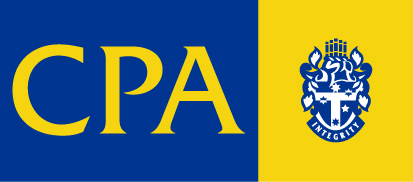The ATO has denied any systemic issues around the processing of the cash-flow boost measure, noting that it only continues to interrogate claims in a “very small number of cases”.
It is now understood that a recalibration of the ATO’s dataset over the past weekend should ensure the cash-flow boost payments are processed more smoothly, after a number of practitioners reported repeated instances of entities not receiving the credits despite seemingly meeting the eligibility requirements.
The cash-flow boost measure provides small and medium-sized businesses between $20,000 and $100,000 as credits in the activity statement system that is applied when they lodge their activity statements up to the month or quarter of September 2020.
Over 450,000 entities have now received over $8 billion in activity statement credits since the ATO began issuing payments in late April.
However, the measure was predicted to benefit around 690,000 businesses, and a further 30,000 not-for-profit entities, with Treasury estimating the payments to cost $31.9 billion.
Speaking to Accountants Daily, an ATO spokesperson said the payments were typically automatically credited upon lodgement of the activity statement and that it had been holding up “much less than 10 percent” of cases to request for more information around the entity’s eligibility.
“While we anticipate that the vast majority of employers eligible for the cash-flow boost will receive it when they lodge their monthly or quarterly activity statements, in a very small number of cases, we may need to obtain some additional information to confirm eligibility before we can apply a cash-flow boost credit,” the ATO spokesperson said.
“When we investigate queries about non-payment of cash-flow boost, quite often the employer has actually received the credit against their activity statement obligations, but was expecting a specific refund.”
The Institute of Public Accountants general manager of technical policy, Tony Greco, said there were obvious reasons why certain entities had their payments held up, particularly where an entity had no record of PAYG with holding, or had made sudden changes to their business structure.
“It’s the ATO right to overlay it with some filters. Now they are not going to tell us what those filters are because it goes to the heart of some of the risks they foresee, so they slow the process down to make sure the entity is eligible,” Mr Greco said.
“But that wouldn’t account for all of it and it could be just the way the filters work and sometimes refining that dataset might help.
“They acknowledge that there is a slowing down of automatic payments and they have to recalibrate whatever is causing this problem, whether it is legitimate or unnecessary; they are conscious that the money needs to go out, but they also need to make sure they apply the necessary integrity measures around the payments as well.”
Tax & Super Australia’s senior tax counsel, John Jeffreys, believes the dataset tweak should see more faster processing of the cash-flow boost payment.
“Although not exclusively, the issue seems to be mainly around those entities that have not lodged an income tax return for the year ended 30 June 2019, even though the entity may have lodged business activity statements since 1 July 2019,” Mr Jeffreys said.
“Broadly, as I understand it, the ATO needed to work off a dataset in early April in order to test the system and to get the cash-flow boost operating.
“This ‘fix’ enables the information held on a business by the ATO to be more quickly updated, which should permit the ATO systems to make the correct decisions about whether a business is entitled to the cash-flow boost.”




